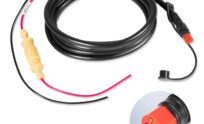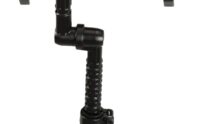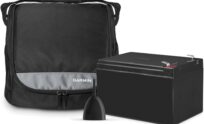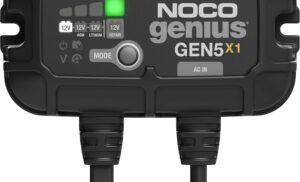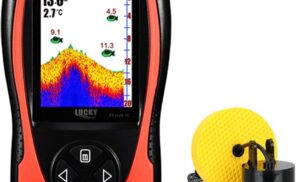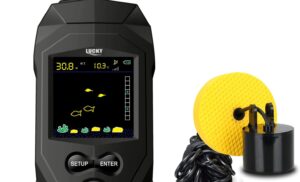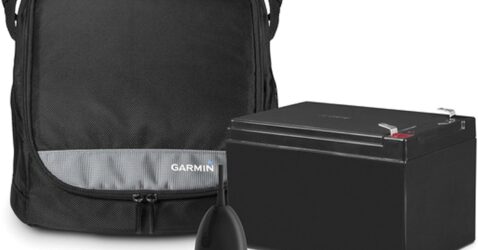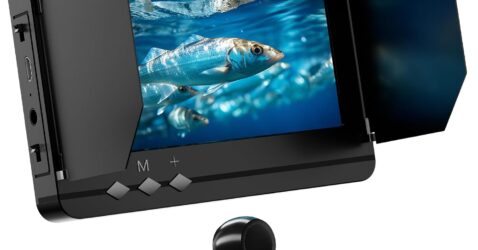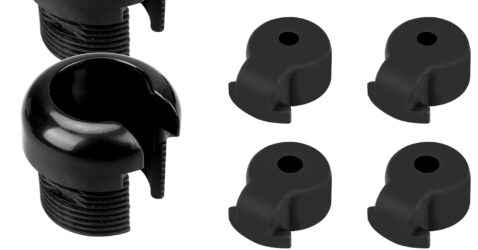Powering Your Catch: The Essential Guide to Fish Finder Battery Connectors
When it comes to fishing, having the right tools can make all the difference between a day of catching fish and coming home empty-handed. One of the most essential tools for modern anglers is the fish finder. These devices help locate fish by using sonar technology, providing real-time information about underwater structures, fish schools, and water depths. However, like any electronic device, a fish finder needs a reliable power source to function effectively. This is where battery connectors come into play. In this article, we will explore the various types of battery connectors for fish finders, their importance, and tips for choosing the right one.
Understanding Fish Finder Power Requirements
Before diving into battery connectors, it’s essential to understand the power requirements of your fish finder. Most fish finders operate on 12 volts, making them compatible with standard marine batteries. However, the specific amp draw can vary depending on the model, features, and usage. Always refer to your fish finder’s manual for its exact voltage and current specifications to ensure proper operation.
Types of Battery Connectors
-
Alligator Clips:
Alligator clips are one of the simplest and most common types of connectors used for fish finders. They easily attach to the terminals of a battery, making them ideal for temporary setups. However, they may not be the best choice for long-term usage, as they can loosen over time and may not provide a secure connection. -
Tinned Copper Ring Terminals:
These connectors are often used for permanent installations. Tinned copper ring terminals provide a secure, corrosion-resistant connection to the battery. They are typically attached to the battery with a bolt and nut, ensuring a solid connection that can withstand the vibrations and movements experienced in a boat. -
Quick Disconnect Connectors:
Quick disconnect connectors allow for easy attachment and removal of your fish finder from the battery. This is particularly useful for anglers who frequently transport their equipment. These connectors come in various styles, including bullet connectors and Anderson Powerpole connectors, both of which provide secure and reliable connections. -
Cigarette Lighter Socket Connectors:
Some anglers prefer using a cigarette lighter socket for their fish finders, especially if their boat is equipped with one. This type of connector allows for easy plug-and-play functionality, making it convenient for those who use multiple devices. However, ensure that the socket can handle the power requirements of your fish finder. - Anderson Powerpole Connectors:
These connectors are gaining popularity among anglers due to their high current capacity and versatility. Anderson Powerpole connectors are designed for quick connect/disconnect and can handle high wattage without overheating. They provide a secure and reliable connection, making them suitable for both temporary and permanent setups.
Choosing the Right Connector
When selecting a battery connector for your fish finder, consider the following factors:
-
Compatibility: Ensure that the connector is compatible with your fish finder’s power requirements and battery type.
-
Ease of Use: If you frequently transport your fish finder, consider connectors that allow for quick disconnection and reconnection.
-
Durability: Look for connectors made from corrosion-resistant materials, especially if you fish in saltwater environments.
- Power Rating: Make sure the connector can handle the amp draw of your fish finder. Always check the specifications to avoid overheating or damaging your equipment.
Best Practices for Battery Connections
-
Secure Connections: Always ensure that your battery connections are tight and secure to avoid loss of power.
-
Regular Inspection: Periodically check your connectors for signs of wear, corrosion, or damage. Replace any faulty connectors immediately to prevent issues on the water.
-
Proper Wiring: Use the appropriate gauge wire for your setup. Thicker wires can handle higher currents without overheating, reducing the risk of electrical failure.
- Safety First: Always disconnect the battery when not in use to prevent drain and potential hazards. Employ fuses or circuit breakers to protect your devices from electrical surges.
Conclusion
In the world of fishing, having a reliable fish finder can greatly enhance your chances of success. However, ensuring that your fish finder is powered effectively is crucial. Understanding the different types of battery connectors and how to choose the right one for your setup can make a significant difference in your fishing experience. By prioritizing secure connections, regular maintenance, and proper wiring practices, you can focus on what really matters—catching fish and enjoying your time on the water. Happy fishing!

